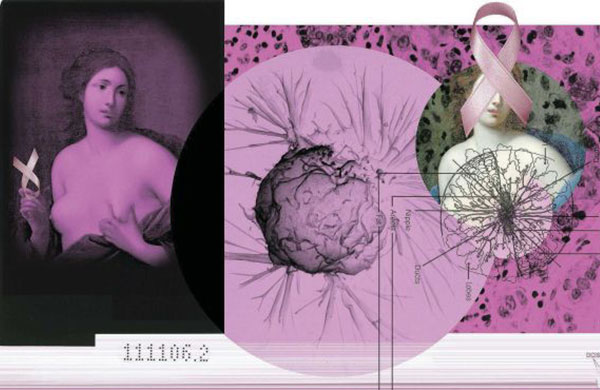Dr. Charles Suede, Dr. Richard Kreizman, and Dr. Andrzej Kozyra
 There are several types of headaches: tension headaches, migraine, cluster and other forms of neuralgias. Very often the pain and discomfort is felt in the scalp, neck and head.
There are several types of headaches: tension headaches, migraine, cluster and other forms of neuralgias. Very often the pain and discomfort is felt in the scalp, neck and head.
The most common is the tension headache which occurs due to muscle spasm and tightness in the neck, jaw, scalp, head or even shoulders. These headaches can last from 30 minutes to 7 days and are described as tightening or pressing in quality. They are usually mild to moderate in intensity and affect both sides of the head. The pain is not aggravated by walking up stairs or other routine physical activity. Tension headaches do not present with nausea, vomiting and/or photophobia (sensitivity to light) or phonophobia (sensitivity to sound).
The episodic type of headache is very often due to stress, fatigue, anger or anxiety and is known commonly as a stress headache. Simple pain medications like aspirin, acetaminophen and naproxen sodium, which can be purchased over the counter, can help relieve the pain. Physical therapy can be used to decrease the stress levels; different forms of meditation and relaxation techniques are also very effective.
However, for patients with chronic tension headaches; which last for more than 15 days out of the month, medications that can be prescribed by a pain management doctor can help control the pain. When it’s determined that the cause of the headache is a muscle spasms and tightness, patients also benefit greatly from injections of anti-inflammatory medications such as Kenalog. The injection is done to relieve the inflammation or swelling around the nerves that causes the pain. There are no side effects and the procedure takes about 10 minutes to complete.
Another type of headache that people often complain of is the cluster headache. These are severe vascular headaches that cluster in the same area of the head, and same time of day, usually lasting for several weeks. There is increased incidence in males, increased incidence after alcohol, use of nitrates and/or stress. Patients often present with unrelenting one-sided facial pain which tends to occur in clusters.

Headaches are often seasonal and are accompanied by tearing, nasal congestion, drooping of upper eyelid, constriction of pupil of eye, eyelid swelling and facial swelling. Treatment in acute episodes includes high-flow oxygen, intranasal lidocaine, ergotamine, sumatriptan, and medication for suppression of nausea/vomiting. For prevention of cluster headaches in the future, a number of medications can be prescribed by the physician.
Migraines are thought to have hormonal and genetic components. Sixty percent of people suffering from them have family history of migraines. The disease affects 12% of the US population and is more common in females than males. Patients experiencing a migraine with aura or a classic migraine, approximately one hour before onset can have dysfunctions which can include light sensitivity, sound sensitivity, nausea, vomiting, dizziness, ringing in ears, double vision, weakness, and difficulty walking. Migraine without aura also known as common migraine presents with light sensitivity and sound sensitivity again, along with anorexia, nausea, vomiting, and general tiredness. Both types have symptoms one to two days before attack. These symptoms include lethargy, craving of food, depression, and fluid retention.

Headache phase of migraine may last several hours. It is characterized by a one-sided, throbbing head pain. Triggers or causes of migraines include red wine, chocolate, MSG, lack of sleep, menses, stress and even the change in weather. Treatment and prevention can be done simply with avoidance of triggers, stress reduction and staying in a dark quiet environment.
A physician is able to prescribe non-steroidal anti-inflammatory drugs (NSAID’s), suppressive medication for nausea and vomiting, and other specific treatment medication for migraines. Prophylaxis or prevention of migraines can be achieved with medications such as calcium channel blockers, beta blockers, tricyclics and serotonergic drugs. As in other types of headaches, the combination of physical therapy, stress relief therapy, medications and injections can significantly improve the life of migraine sufferers.
Physicians specializing in pain management are able to help patients suffering with the different types of headaches.
____________________________
Dr. Isaac Kreizman MD is a board certified pain management specialist, Dr. Charles Suede MD is a board certified anesthesiologist, trained in pain management and Dr. Andrzej Kozyra is a graduate of SUNY Downstate Medical School.



